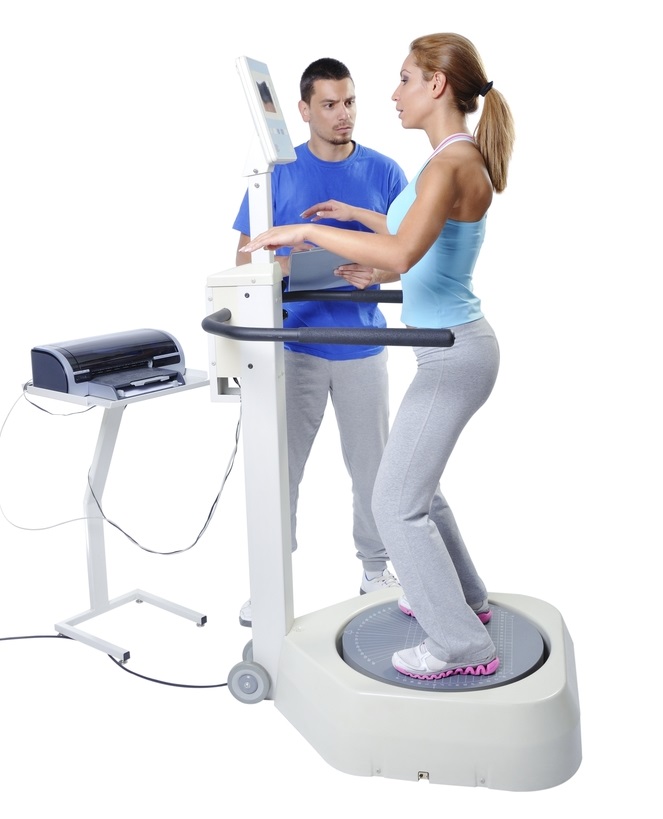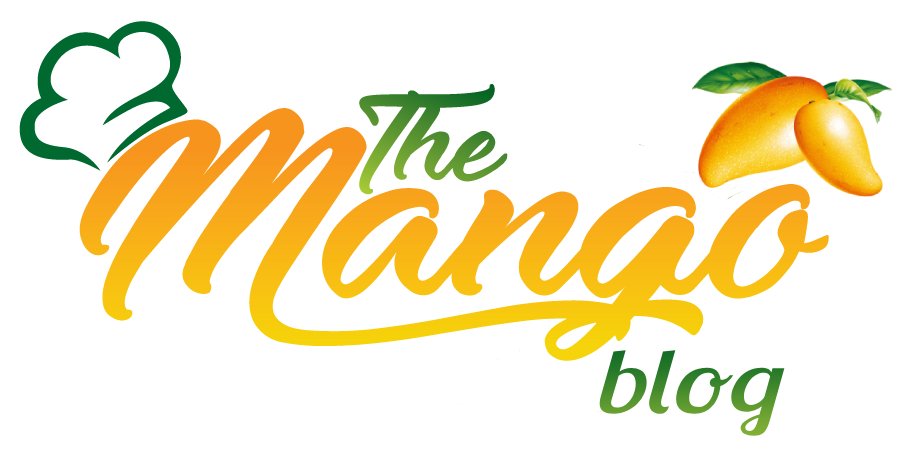
Introduction
Have you ever thought about the intricate mechanics that govern every step you take, all the tiny movements your body executes to walk across a room? And when something goes wrong, when an injury or illness affects your gait, how does this ripple out to affect the rest of your life? In the heart of this troubling complexity lies the necessity for thorough and accurate gait assessment in physical therapy, an unsung hero in our recovery process.
Gait assessment, a detailed analysis of a person’s manner of walking, is an often overlooked yet critical component of physical therapy. The way we walk can illuminate deeply set yet otherwise imperceptible health issues, from neurological disorders to musculoskeletal defects.
In this blog post, we will navigate the often-uncharted territory of gait analysis, its indispensable importance in physical therapy, and how it can pave the road to faster and more efficient recovery.

Demystifying Gait Assessment
So, what exactly is a gait assessment, and why is it paramount in physical therapy? Gait assessment, also known as gait analysis, is a systematic study of animal locomotion, more specifically, the study of human motion. Through this evaluation, physical therapists can pinpoint abnormalities or inefficiencies in how patients walk, which often stem from musculoskeletal or neurological disorders.
It’s a non-invasive process, typically involving observation and video recording, looking at aspects like stride length, step width, foot angle, and leg swing. Armed with accurate data from a patient’s gait assessment, a therapist can devise a personalized recovery plan that directly addresses the patient’s specific needs.
The Connection Between Gait And Overall Health
Why is an orderly walking pattern so critical? The manner in which we walk can provide a wealth of information about our overall health. An impaired gait can lead to a substantial imbalance in the natural distribution of body weight, causing undue stress on lower body joints. It could also diminish balance and stability, increasing the risk of falls and subsequent injuries.
But, perhaps the most troubling aspect is the domino effect—an impaired gait, if left uncured, can often introduce more significant health problems. Uneven distribution of body weight can lead to chronic back pain, hip pain or knee pain; reduced balance can trigger anxiety when walking on uneven surfaces or fear of falling.
The Power Of Gait Assessment In Rehabilitation
Gait assessment doesn’t just diagnose; it also aids in rehabilitation. Once the issues affecting a patient’s gait have been determined, a comprehensive recovery plan can be tailored to address these issues and restore a healthy walking pattern.
Through exercises designed to improve specific areas such as strength, flexibility, balance, and endurance, physical therapy can help correct irregularities detected in the gait evaluation.
Pros And Cons Of Gait Assessment
Although gait assessment indeed stands as a potent tool in the therapeutic arsenal, like any other tool, it has its strengths and limitations. On the one hand, it employs a comprehensive and analytical approach to studying human movement, which can unveil subtle underlying health issues that other techniques might miss.
On the other hand, the process can sometimes be lengthy and might require the use of technically advanced equipment. Therefore, its application may sometimes be limited to clinics or rehabilitation centres with sufficient resources.
Conclusion
When we consider how vastly underrated gait assessment is and the incredible degree to which it can add value to physical therapy, it is easy to see that this diamond in the rough truly deserves more recognition. As discussed, gauging the intricacies of the human gait can unearth underlying health issues, set the foundation for rehabilitation plans and ultimately lead physical therapy patients toward a faster and more comprehensive recovery.
In the face of injury or illness, gait assessment offers not just answers, but hope. The road to recovery may be challenging, but with the right tools, the journey can become a little less arduous, a bit more hopeful. Indeed, every step counts.





